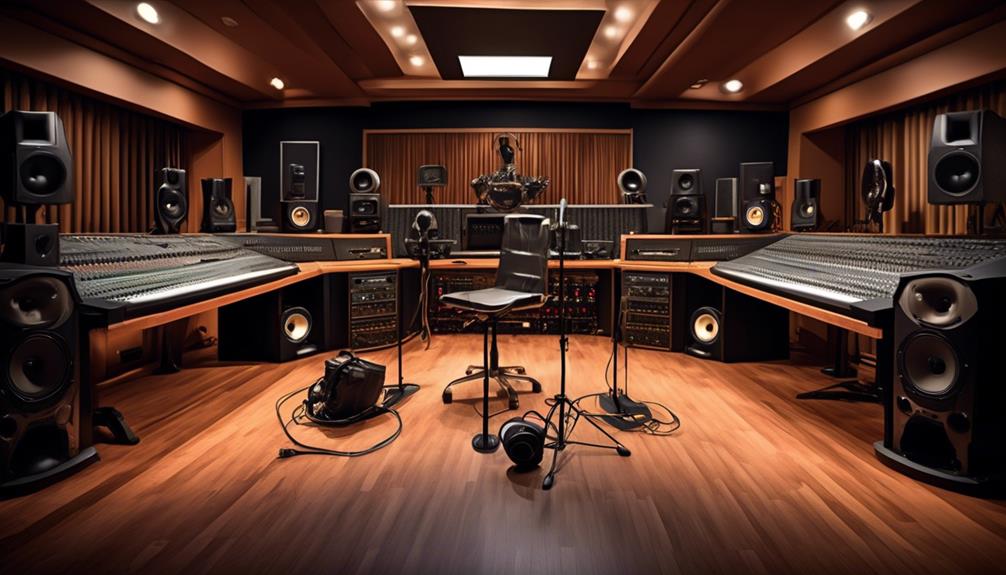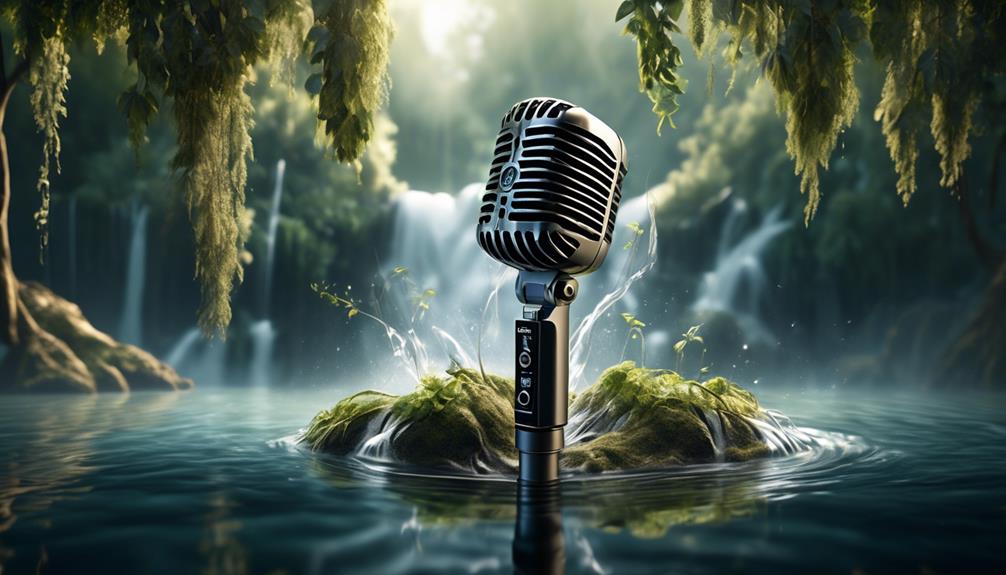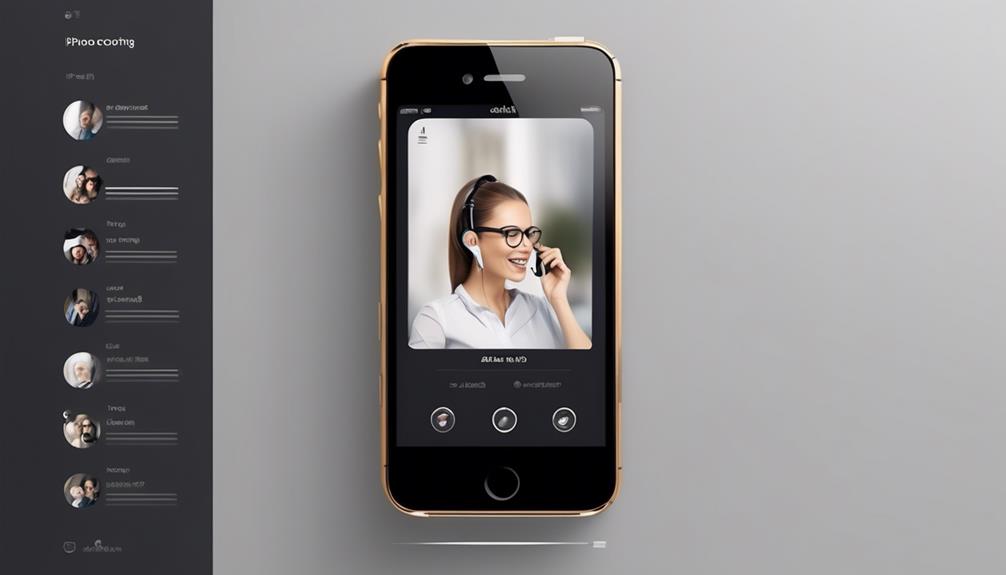We opt to record sound in stereo as it enables us to replicate the spatial qualities of a live performance. Stereo recording involves using two distinct channels to capture sound, mirroring how our ears interpret sound in reality. By utilizing two microphones positioned in varying locations, we are able to capture the richness and depth of the sound, resulting in a more engaging experience for the listener.
But stereo recording goes beyond just replicating the live experience. It also opens up a world of creative possibilities. With stereo recording, we can manipulate the placement of sounds within the stereo field, creating a sense of movement and space. We can pan instruments from left to right, or place them at different positions in the mix, adding depth and texture to the recording. This allows us to create a more dynamic and engaging auditory experience, drawing the listener into the music and enhancing their emotional connection to the performance.
In addition, stereo recording can also help to capture the natural ambience of a recording space. By using microphones with a wider pickup pattern, we can capture the reverberations and reflections within the room, adding a sense of realism and depth to the recording. This can be particularly effective for capturing the acoustics of a concert hall or a live performance, giving the listener a more authentic and immersive experience.
Overall, stereo recording offers a way to capture the richness and depth of live music, while also providing creative opportunities to enhance the auditory experience. Whether it's replicating the spatial characteristics of a live performance or manipulating the placement of sounds within the stereo field, stereo recording allows us to craft a captivating auditory experience that brings the music to life.
Key Takeaways
- Stereo recording offers heightened spatial realism and immersion.
- It allows for creative panning and positioning of sound elements within the stereo field.
- Stereo playback systems provide a wider and more engaging sonic experience.
- Stereo recording captures the natural ambience of specific spaces, preserving the acoustics of concert halls and outdoor environments.
Stereo Recording Benefits
Stereo recording offers a heightened sense of spatial realism and immersion. This is achieved through the utilization of two audio channels to capture a wider and more lifelike sonic experience. By employing separate left and right channels, stereo recording creates a sense of depth and width in the audio, faithfully reproducing the spatial characteristics of the original sound source.
This method allows for the accurate capture of natural ambience, enabling a more immersive and realistic listening experience. One of the key advantages of stereo recording is the ability to creatively pan and position sound elements within the stereo field. This enhances the depth and realism of the audio.
Stereo recordings excel at capturing the unique atmosphere of specific spaces, making them ideal for preserving the acoustics of concert halls, outdoor environments, and other distinct locations.
Furthermore, stereo playback systems offer a wider and more engaging sonic experience for modern listeners. This makes stereo tracks a valuable asset in the world of audio production and reproduction.
Stereo Vs. Mono: Key Differences

When comparing stereo and mono recording techniques, it becomes evident that their distinct characteristics significantly impact the spatial realism and immersive experience of audio playback.
Stereo recording, with its two-channel setup, captures a wider sound field and allows for the creation of a stereo image where sounds can be panned and placed throughout the audio field. This creates a more immersive listening experience compared to mono recording, which uses a single audio channel and centralizes the sound.
Mixing in stereo enables a more dynamic and spatially rich output, enhancing the overall listening experience, especially on stereo playback systems.
On the other hand, mixing in mono can be beneficial for identifying phasing issues and ensuring compatibility with mono playback systems. While stereo recording is favored by most modern listeners for its immersive qualities, mono recording still holds relevance in scenarios where a clean, focused sound is desired.
Understanding the key differences between stereo and mono recording techniques is essential for creating audio that meets the desired spatial and immersive characteristics.
Techniques for Stereo Recording
Using a combination of specialized microphone positioning and recording techniques, we can capture a wide and immersive sound image in stereo recording.
- Microphone Techniques:
- XY Technique: Utilizes two directional microphones angled at 90 degrees, providing a well-defined stereo image with good mono compatibility.
- MS Technique: Involves using two microphones, one cardioid (Mid) and one figure-8 (Side), allowing for adjustment of the stereo width during post-production.
- AB Technique: Positions two omnidirectional microphones apart from each other to capture a spacious stereo field, suitable for ambient recordings.
- Considerations for Stereo Compatibility:
- Ensuring mono compatibility by checking for phase issues and mono playback coherence.
- Adjusting stereo width and panning to maintain a balanced and natural soundstage across different playback systems.
- Mid-Side Stereo:
- Understanding the principle of Mid-Side recording, where one microphone captures the center (Mid) and another captures the sides (Side), allowing for post-recording adjustment of stereo width while maintaining mono compatibility.
Practical Applications of Stereo Recording

Amidst the myriad options for stereo recording techniques, practical applications encompass a wide array of scenarios where capturing spatial audio adds depth and realism to the sound experience.
Stereo recording is ideal for capturing the ambiance and spatial characteristics of environments, such as live performances, nature settings, or immersive soundscapes. It allows for the creative placement and movement of sound elements within the stereo field, enhancing the overall realism and depth in the mix. When compared to recording in mono, stereo recording offers a more immersive listening experience, especially on modern playback systems or headphones. It provides a sense of space and dimension that isn't achievable with mono tracks.
Furthermore, the ability to switch between mono and stereo playback systems showcases the versatility of stereo recordings, ensuring that the audio translates effectively across various platforms. Whether it's for music production, film soundtracks, or field recordings, the practical applications of stereo recording are diverse and essential for delivering an enriched auditory experience.
Advanced Stereo Imaging Techniques
Advanced Stereo Imaging Techniques involve utilizing specialized microphone configurations and processing methods to further enhance the spatial representation and depth of the recorded audio. These techniques are crucial for achieving a rich and immersive stereo image.
Here are some advanced stereo imaging techniques:
- Binaural Recording: This technique uses a dummy head with microphones placed at the ear positions, creating an incredibly realistic spatial effect when played back through headphones. This method captures sound the way human ears hear it, providing an unparalleled sense of space and directionality.
- Ambisonic Recording: Ambisonic microphones capture sound from all directions, allowing for flexible manipulation of the spatial characteristics of the recording during post-production. This technique is ideal for immersive audio experiences, such as virtual reality and 360-degree videos.
- Mid-Side (MS) Processing: By combining a cardioid (Mid) and a figure-8 (Side) microphone, MS processing enables precise control over the stereo width and center image. This method also offers excellent mono compatibility, minimizing phase cancellation issues when the audio is played back through a single channel.
These advanced techniques expand the possibilities of stereo recording, offering greater control over spatial representation while addressing potential compatibility issues.
Frequently Asked Questions
What Are the Benefits of Recording in Stereo?
Recording in stereo offers numerous benefits.
It provides spatial depth, instrument separation, and an immersive experience.
With a wide soundstage and versatile mixing options, stereo recordings capture ambience and offer enhanced realism.
This format allows for creative panning and placement of sound elements, resulting in a more natural sound.
When mixed and played back on appropriate systems, stereo recordings provide a more immersive and realistic listening experience.
Why Is Music Recorded in Stereo?
We record in stereo to achieve a more immersive and dynamic sound experience. Stereo sound captures spatial depth, providing enhanced clarity and wide frequency response. It allows for precise instrument separation and creative panning, resulting in panoramic imaging.
The dynamic range of stereo recording enhances the overall balance and depth of the mix, making it ideal for large ensembles like orchestras. These techniques offer different approaches to capturing a natural and realistic sound stage.
Is It Better to Record in Stereo or Mono for Film?
Recording in stereo enhances audio quality, spatial perception, and sound localization for an immersive experience. It provides depth perception, natural ambience, and artistic expression, especially for film.
Stereo recording enables surround sound and creative panning for a more dynamic and engaging auditory experience. Mono recording may be suitable for specific situations, but stereo recording is preferred for film to create a rich, lifelike audio environment.
Is It Better to Record Voice Over in Mono or Stereo?
When recording voice overs, it's essential to prioritize sound quality and vocal clarity. Stereo recording enhances spatial perception and audio depth, providing production flexibility and creative freedom.
It offers mixing options for surround sound, contributing to a natural and immersive listening experience. Capturing the nuances of the voice in stereo adds a layer of sophistication to the production.
Conclusion
In conclusion, recording in stereo offers a multitude of benefits, from capturing natural spatial characteristics to creating immersive soundscapes.
It's like painting a vivid and intricate picture with a wide range of colors, adding depth and dimension to the listening experience.
Using advanced stereo imaging techniques allows for even greater control and precision in creating a lifelike and dynamic audio environment.










